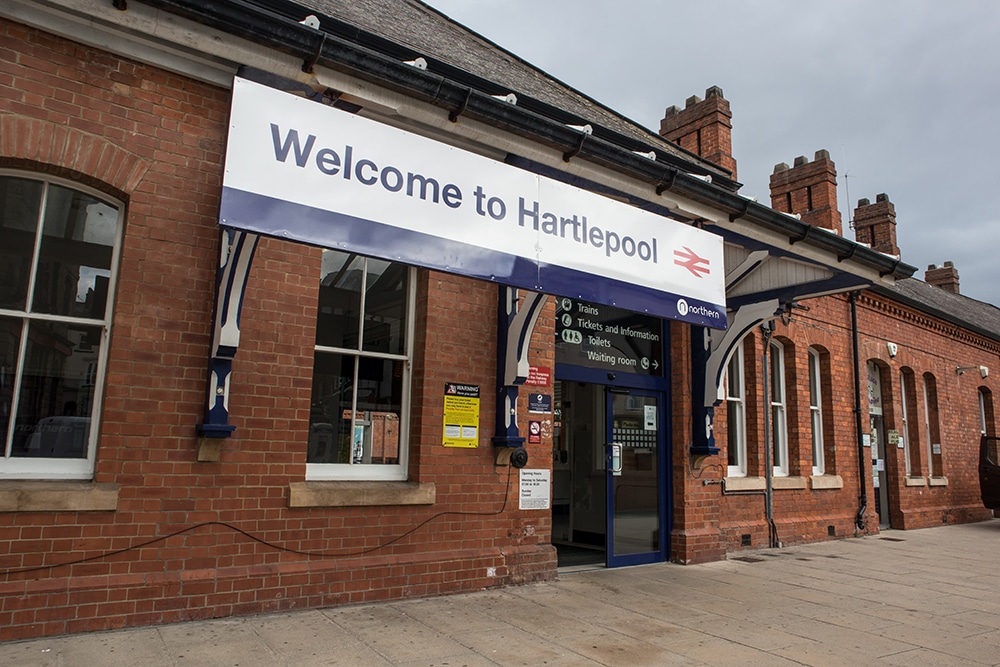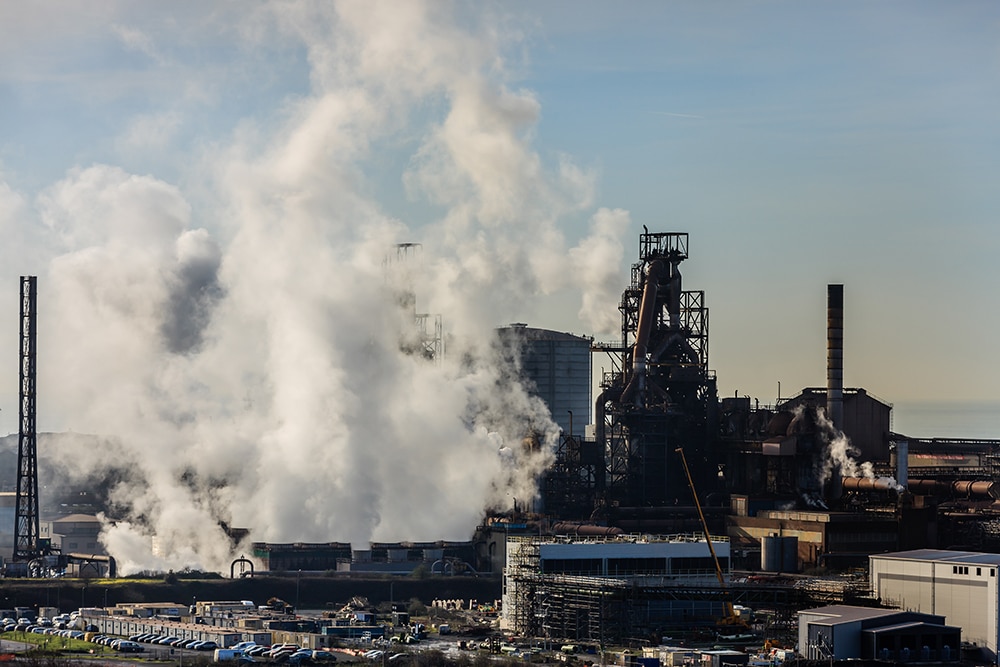In an April 2 announcement, steel industry leader British Steel stated that the Redcar and Cleveland Borough Council recently approved new equipment following a detailed consultation on its decarbonization project. British Steel originally announced its plans to replace the furnaces at Scunthorpe and Teesside in September under plans that would see the steelmaker cut its […]
ThyssenKrupp Responds to Market Turbulence with Bold Production Cuts
Germany flats producer ThyssenKrupp Steel (TKS) recently announced plans to cut its production capacity by an average of 19.5%, citing current market conditions as the main reason. Indeed, the European steel industry continues to face a wide range of challenges, including economic challenges and surging energy costs. “The aim is to make ThyssenKrupp Steel fit […]
Will the Taiwan Earthquake Impact Semiconductor Production?
Reports indicate that the earthquake that struck Taiwan on April 2 is unlikely to create either supply or manufacturing difficulties for Taiwan semiconductors (microchips), which could subsequently impact the auto sector and steel prices. “I haven’t heard about any impact on the industry due to the earthquake,” one steel trader told MetalMiner. The seismic incident registered 7.2 on […]
Tata Steel Workers to Strike Against Port Talbot Blast Furnace Closures
Tata Steel workers associated with the Unite Trade Union at Port Talbot recently voted to strike over plans to replace the site’s two blast furnaces with electric arc furnaces. The decision immediately led to discussions about the near and long-term future of the UK steel industry as well as Tata’s production capabilities. “Around 1,500 Tata […]
Liberty Steel’s Ambitious Expansion Strategy Revealed: Hiking Capacity at Rotherham Plant
Liberty Steel recently announced a restructuring plan for its operations in the United Kingdom after signing a new framework agreement with creditors. Among other things, the ambitious plan includes hiking crude steel manufacturing capacity at its Rotherham plant. The London-based company noted that the plan would see Liberty consolidate all its operations in the UK […]
Liberty Pipes Hartlepool Chosen for £4 Billion Energy Infrastructure Deal
Liberty Steel recently won a contract to supply pipelines from its Hartlepool steel manufacturing site in the United Kingdom for energy infrastructure and carbon-capture projects. Liberty’s parent company, GFG Alliance, said in a March 15 statement that Liberty Pipes Hartlepool (LPH), located in northeast England, will supply onshore and offshore pipes to the Northern Endurance […]
Trade Union Eyes Strike Ballot at Port Talbot
The latest steel news and sources from the UK indicates that the Community trade union plans to ballot its members at Tata Steel for strike action. The move comes amid plans by the company to replace two blast furnaces at the Port Talbot site with electric arc furnaces. “Community representatives from all Tata Steel UK […]
European Steel Prices Decline as Economic Woes Mount
Market sources report that hot rolled coil steel prices in northern and southern Europe continued to decline in recent weeks due to slowing economies in Europe as well as overcapacity. “I’m a little scared about Germany,” one trader told MetalMiner, referring to that country’s current economic situation. Germany’s economy is the largest in the European […]
Guinea Approves Simandou Iron Ore Mining Project, Cementing Future Growth
The West African state of Guinea recently approved a joint development deal between the government, Rio Tinto/Simfer, and the Winning Consortium Simandou (WCS) consortia to develop the Simandou iron ore mining project. The National Transition Council (NTC), Guinea’s legislative body under the interim regime, announced the deal’s approval on February 3. “In short, this agreement […]
EU Commission Reviews Request for 25% Extension of Steel Safeguard
The European Commission, the executive body of the European Union, is due to examine a request to extend a 25% safeguard on a range of steel imports. Steel news reports that the EC received a request from 14 member states of the 27-member bloc on January 12. This request aimed to establish if an extension of […]











